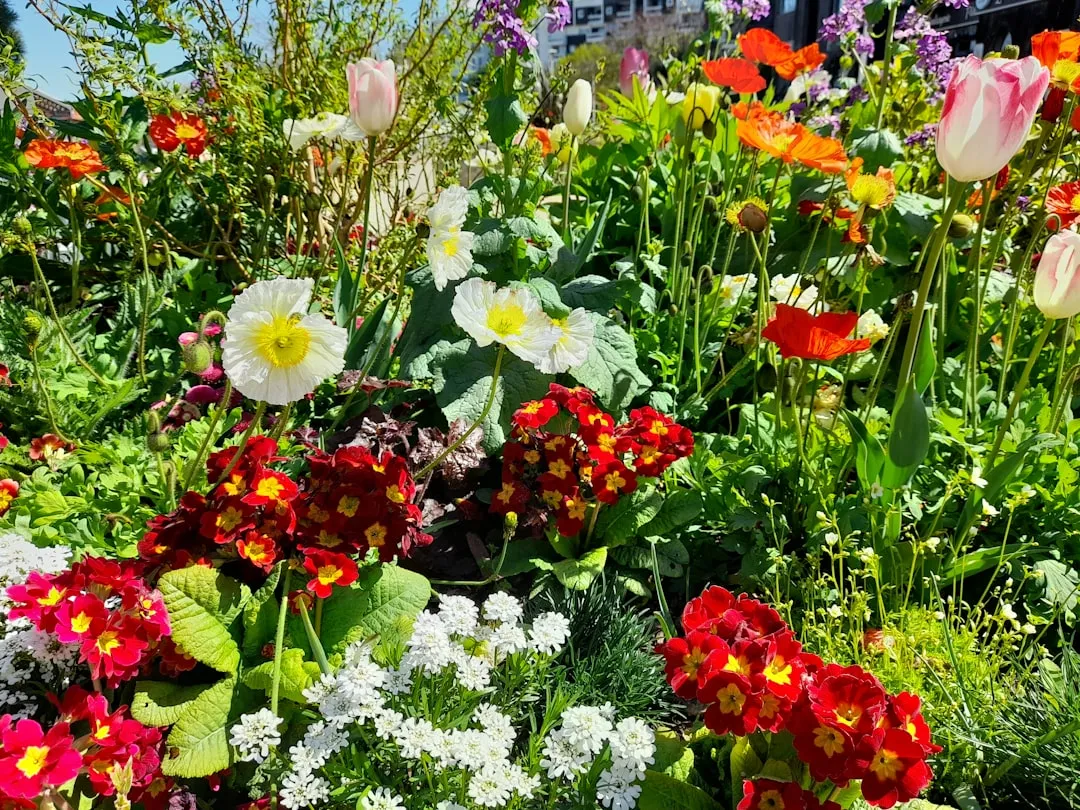Transform Your Space with Rapidly Growing Trees

In the world of gardening, creating a lush living fence can be a dream come true for many homeowners. Not only does it add an element of natural beauty to your property, but it also provides a sense of privacy that is highly valued. And the good news is, you don't have to wait decades to enjoy these benefits. By planting fast - growing trees, you can have a thriving living fence in just a few years.
One of the top choices for a fast - growing tree that can serve as a living fence is the Leyland Cypress. This evergreen tree is known for its rapid growth rate, often adding 3 to 4 feet in height per year. Its dense foliage forms a thick barrier, making it an excellent option for privacy. Leyland Cypress trees are also quite adaptable, able to tolerate a variety of soil types and climate conditions. They prefer full sun but can also handle partial shade. When planting Leyland Cypress, make sure to space them about 6 to 8 feet apart to allow for proper growth and development.
Another great option is the Thuja Green Giant. This hybrid tree is a cross between the Western Red Cedar and the Japanese Arborvitae. It can grow up to 3 feet per year and can reach heights of 50 to 60 feet at maturity. The Thuja Green Giant has a pyramidal shape and soft, feathery foliage. It is resistant to many common pests and diseases, making it a low - maintenance choice for your living fence. These trees thrive in full sun to partial shade and well - drained soil. Similar to the Leyland Cypress, they should be spaced about 5 to 6 feet apart when planting.
The Hybrid Poplar is yet another fast - growing tree that can quickly form a living fence. It is one of the fastest - growing trees in North America, with some varieties growing up to 8 feet per year. Hybrid Poplars have large, triangular leaves that provide a dense canopy. They are best suited for large properties as they can grow quite tall and wide. These trees prefer full sun and moist, well - drained soil. When planting Hybrid Poplars, space them about 10 to 15 feet apart to accommodate their size.
When it comes to caring for your fast - growing living fence, proper watering is crucial, especially during the first few years after planting. Newly planted trees need regular watering to establish a strong root system. A good rule of thumb is to water deeply once or twice a week, depending on the weather conditions. Fertilizing your trees can also help promote healthy growth. Use a balanced fertilizer in the spring and fall, following the instructions on the product label.
Pruning is another important aspect of maintaining your living fence. Regular pruning helps keep the trees in shape and encourages bushier growth. For most fast - growing trees, it is best to prune them in late winter or early spring before new growth begins. Remove any dead, damaged, or diseased branches, as well as any branches that are crossing or rubbing against each other.
In addition to the practical benefits of privacy and beauty, a living fence made of fast - growing trees can also have a positive impact on the environment. Trees absorb carbon dioxide, a greenhouse gas that contributes to climate change, and release oxygen into the atmosphere. They also provide habitat for birds and other wildlife, helping to support local ecosystems.
When planning your living fence, consider the overall aesthetic you want to achieve. You can mix different types of fast - growing trees to create a more diverse and visually appealing fence. For example, you could combine the Leyland Cypress with the Thuja Green Giant for a variety of textures and colors. You can also add some flowering shrubs or vines at the base of the trees to add a splash of color during the growing season.
Before planting your fast - growing trees, make sure to check with your local municipality or homeowners' association. There may be restrictions on the types of trees you can plant or the height of your living fence. It's also a good idea to consult with a local nursery or gardening expert. They can provide valuable advice on the best tree species for your specific location and soil conditions.
In conclusion, planting fast - growing trees to create a living fence is a smart and rewarding gardening project. With the right tree selection, proper care, and a little planning, you can enjoy the beauty and privacy of a lush living fence in just a few short years. So, roll up your sleeves, grab your gardening tools, and start transforming your outdoor space today.